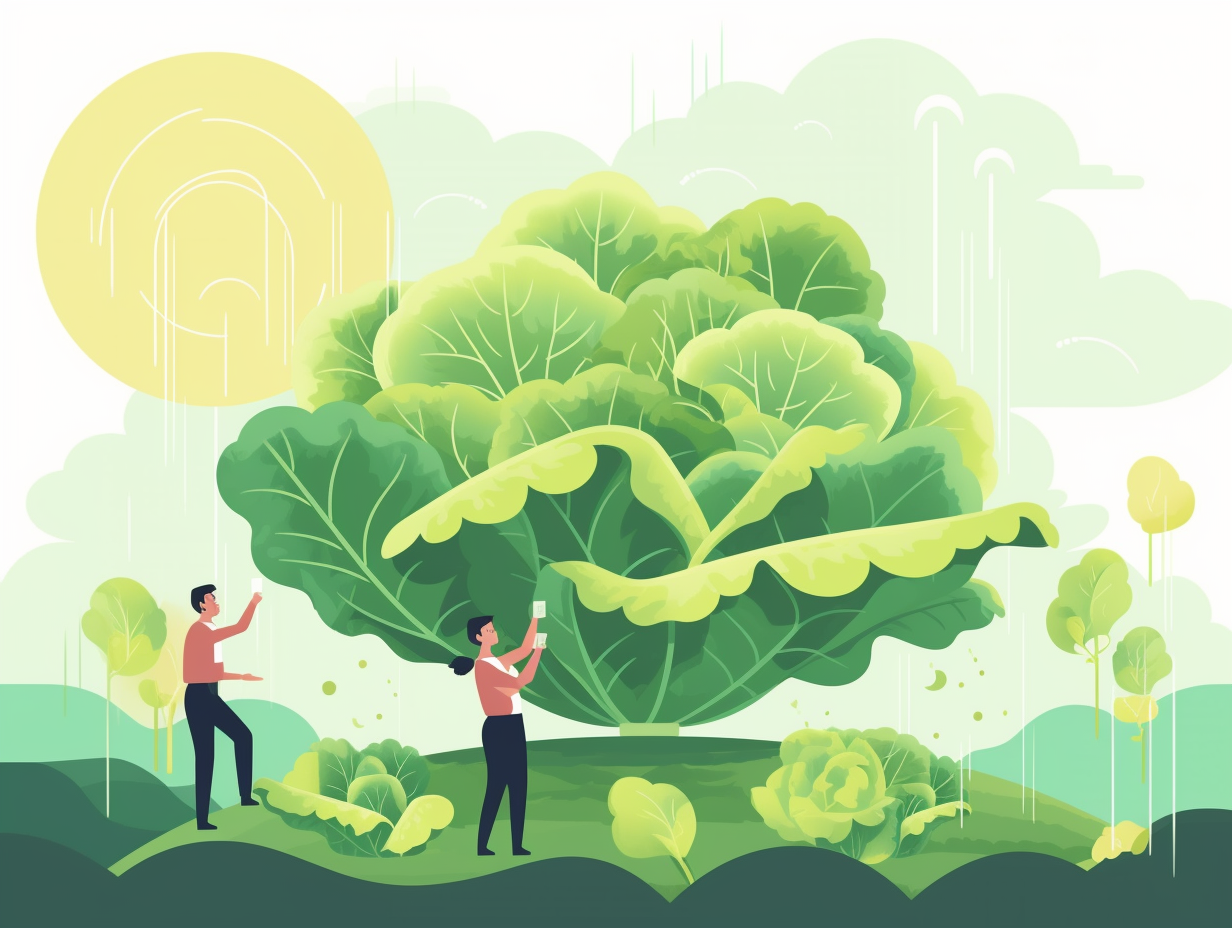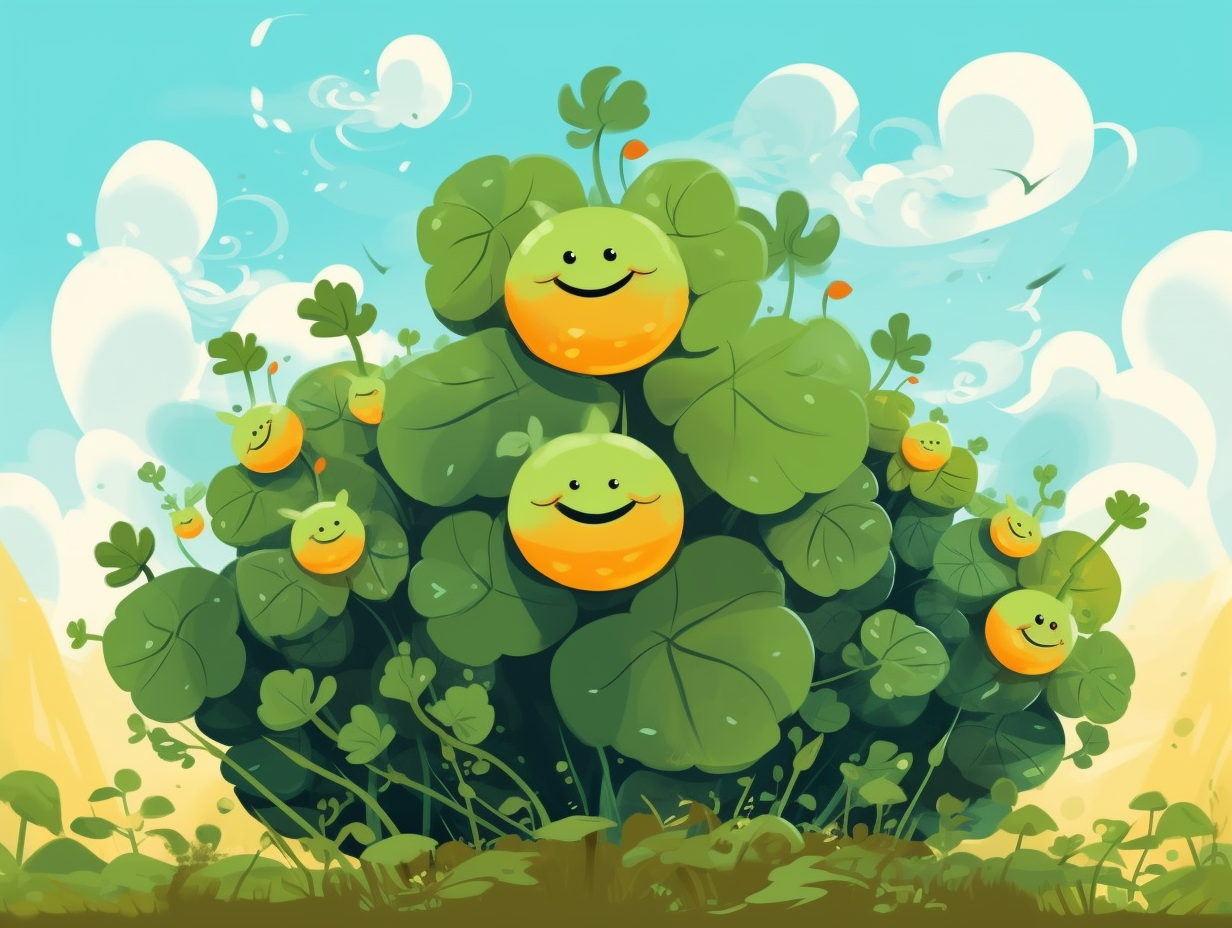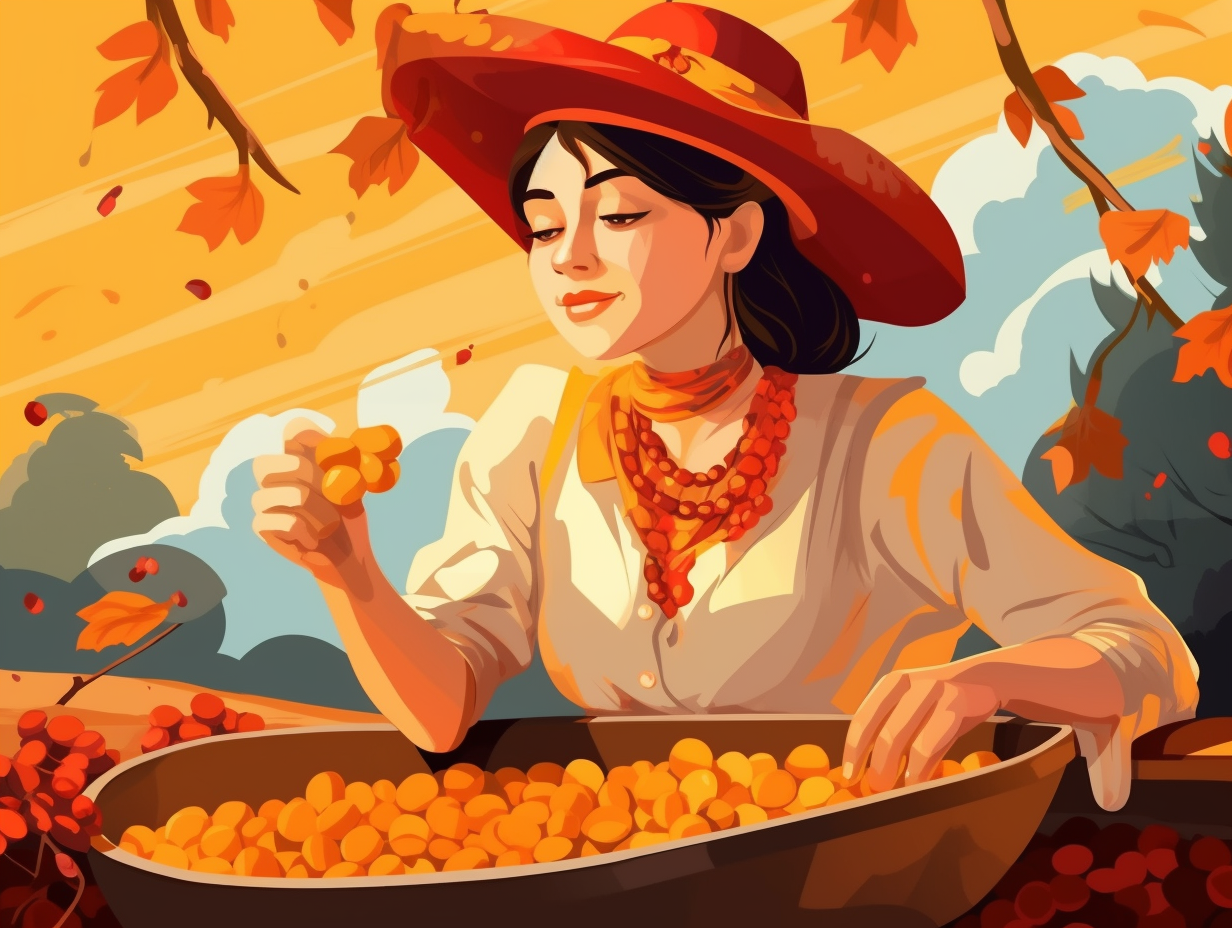Discover the Crunch: Top 11 Fun Facts About Radishes You Never Knew!
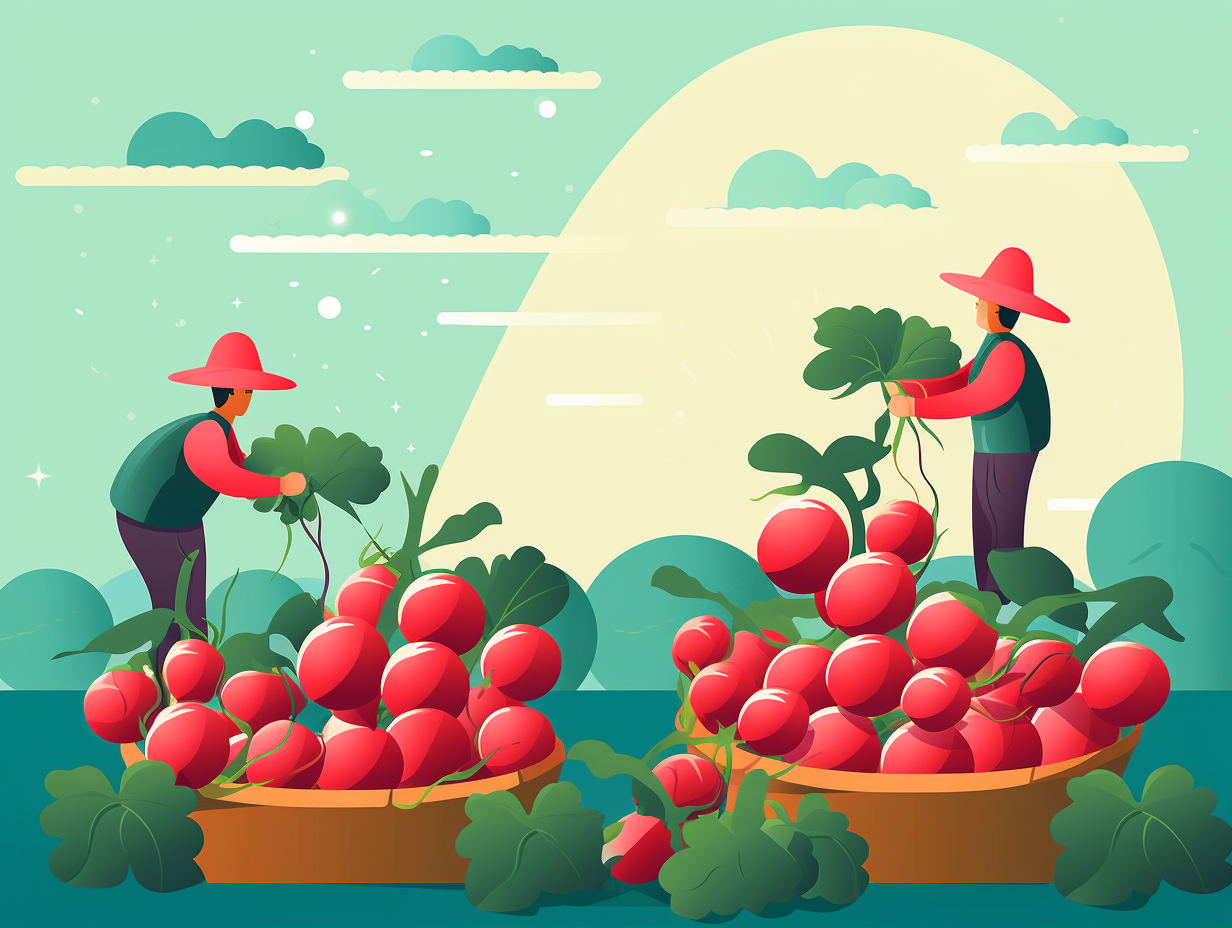
1. Radishes: The Wasabi Buddy
Move over, humble spud – there's a new root in town that packs a more piquant punch and even cozies up with wasabi on the weekends: Radishes not only have a mere 16 calories per cup of sliced goodness, but they also boast an impressive 14% of the daily recommended value of immune-boosting vitamin C and share the illustrious Brassicaceae family with kale, broccoli, cauliflower, and horseradish.
Source => webmd.com
2. Ancient Salad Days with Hippocrates and Caesar
"Pass the radishes, would you be so kind, Hippocrates?" quoth Julius Caesar as they both munched on their garden salads in the eternal break room of history's VIPs: In reality, while radishes were never used as currency by the ancient Egyptians, these crunchy delights were highly regarded for their health benefits by none other than the Greek physician Hippocrates, who considered them beneficial for digestion and infection prevention. And although Julius Caesar might not have enjoyed them as we do today, radishes continue to grace our plates, whether eaten raw or cooked in various dishes around the world.
Source => medium.com

Did you know carrots come in a rainbow of colors, with origins in wild carrots from Europe and Southwestern Asia? Discover the vibrant surprises these taproot veggies have in store!
=> Fun Facts about Carrots
3. Radish Tops: Cloud Vitamin C Surfers
You might think you're the rad-ish when you munch on those crunchy roots, but hold onto your beets and give those greens a whirl: The tops of radishes contain a whopping six times more vitamin C than the root, bringing a whole new meaning to being on Cloud Vitamin C!
Source => drweil.com
4. Bunny Tail Radish: A Hoppy Horticulturist's Dream
Oh, hoppy day! When bunnies go on a radishing diet, they prefer snacking on their own fluffy tails: Enter the 'Rosso Tondo A Piccola Punta Bianca', adorably known as the Bunny Tail radish. With its mild crunch, vibrant red roots, and white tips, this Italian heirloom variety is ideal for both backyard horticulturists and farmers' markets, boasting around 1800 seeds per packet and sprouting to fruition in a mere 22 days.
Source => gourmetseed.com
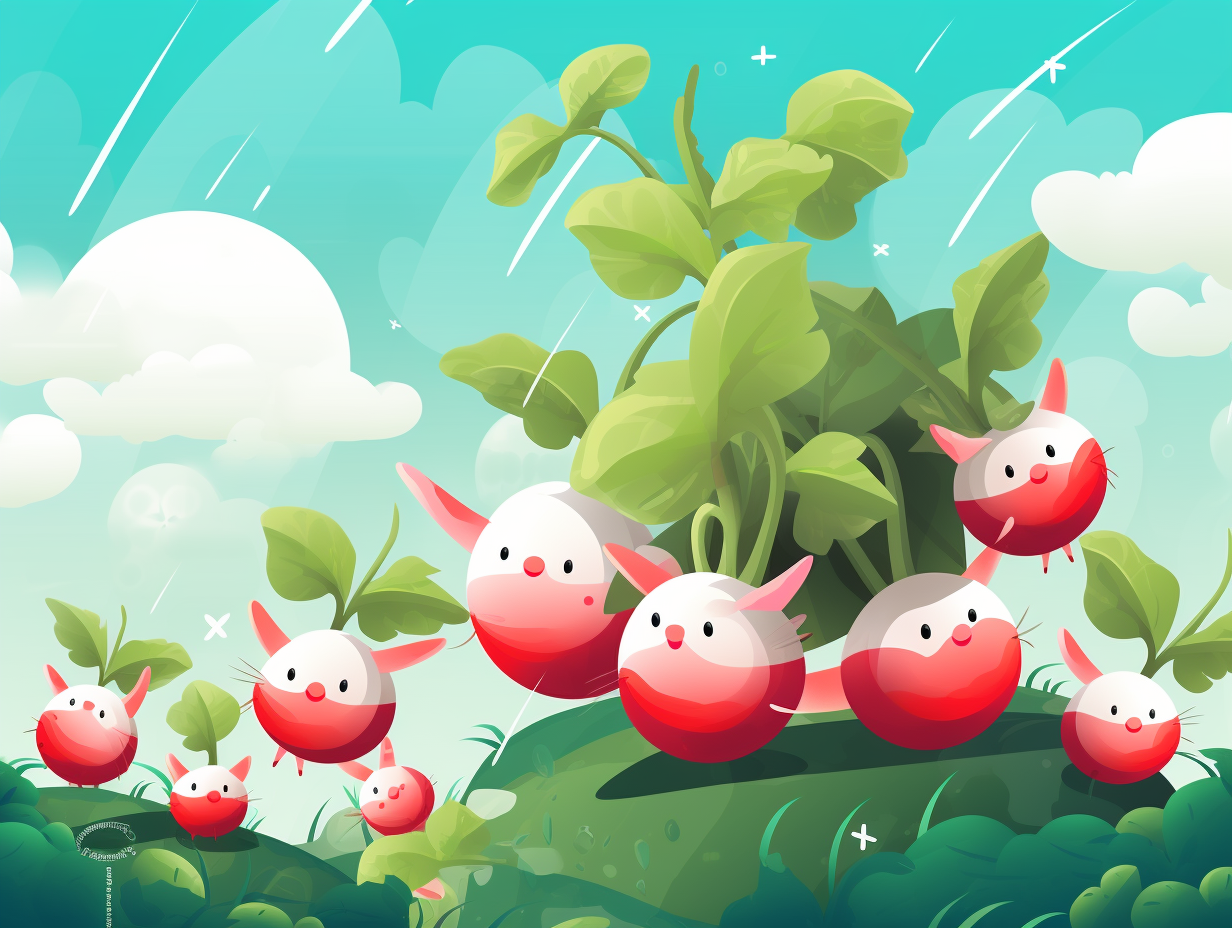
5. Sherlock's Veggie Sibling: Black Spanish Radish
Imagine if Sherlock Holmes had a lesser-known sibling who was actually a vegetable – we'd call this mysterious, medicinal marvel: the Black Spanish Radish! Holmes' leafy kin packs a punch with ancient healing arts up its root: it has been traditionally used in China and Europe to treat gallbladder issues, impaired bile function, and digestive troubles while tantalizing scientists and doctors with its potential liver-detoxifying superpowers. This Heirloom crop also grows longer and larger than your average spring radish, adding a plot twist to the family tree of radishes.
Source => seedneeds.com
6. Mexican Radish Monsters: La Noche de las Rábanos
In a gnarly twist on the classic "Night of the Living Dead," radishes in Oaxaca, Mexico are coming back to haunt us – with their monstrous, twisted shapes and diabolical designs: In an annual festival known as La Noche de las Rábanos, or the Night of the Radishes, Oaxacan townspeople transform oversized, misshapen radishes into spectacular tableaux depicting scenes from the Nativity to the Last Supper. Let's raise a toast to these eerily creative folks who grow these freakish radishes up to 50 cm long, weigh up to 3 kg, and bring them to life in a bizarre, yet captivating, radish carving competition every December 23rd since the 18th century!
Source => theunconventionalgardener.com
7. Clue, Limbo, and The Nutritious Radish Ensemble
Behold the humble radish, that lowly root vegetable with more variety than a game of Clue and a carb count lower than a limbo bar at a limbo competition: Radishes host a nutritious ensemble cast of riboflavin, vitamin B6, calcium, dietary fiber, and folate in just 2 net carbs per cup, making them a healthy, low-carb cameo in your culinary productions. Featuring guest stars such as round radishes and French breakfast radishes, and even mysterious black and white varieties, the radish repertoire can take center stage in surprising dishes like fauxtato made by boiling and mashing cooked radishes with heavy cream, butter, garlic, salt, and pepper for a delightfully nutritious twist on the classic mashed potato recipe.
Source => easyketodishes.com
8. Radish Masterpieces: Art Gone Rogue
When radishes go rogue, they turn into masterpieces: Every year, during the Night of the Radishes festival in Oaxaca, Mexico, talented artists carve colossal radishes into intricate sculptures depicting themes such as life in the region and historical events, before they become wilted works of art.
Source => en.wikipedia.org
9. Radishes: Fungus-fighting Superheroes
Next time you find yourself in a "fungus among us" situation, consider recruiting radishes to your defense team: These little red warriors pack a powerful punch with their antifungal protein, RsAFP2, which causes cell death in Candida albicans and other Candida species, helping maintain a healthy microbial balance in your body and fend off unwanted fungal intruders.
Source => healthline.com

10. The Watermelon Radish: Nature's Color Conundrum
Step right up to nature's magical color conundrum, a veggie so fabulous it gives rainbows a run for their money: radishes come in black, white, and pink, but the most visually striking and whimsical of them all is the watermelon radish, which boasts a greenish-white exterior, a vibrant pink middle, and a white center.
Source => sports.yahoo.com
11. Taming the Fiery Radish: Bring the Heat (or Not)
Next time your taste buds are saying, "bring the heat!", you can thank those feisty radishes for protecting their spicy selves: Radishes become hotter when exposed to factors like hot weather, insufficient water, and over-maturity, thanks to their defense chemicals called Allyl isothiocyanates, which are similar to mustard and horseradish. Tame their wild side by peeling, soaking in ice water, pickling, cooking, or grating them to enjoy a milder flavor.
Source => themeateater.com
Related Fun Facts

